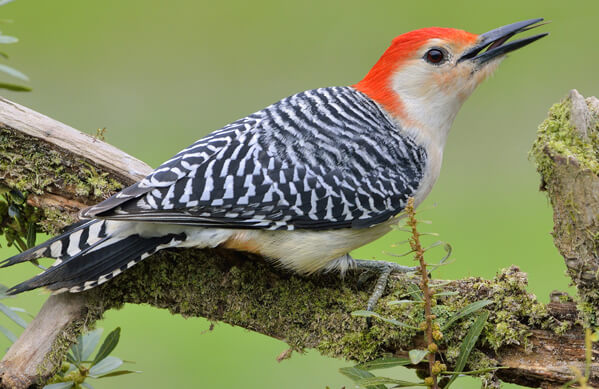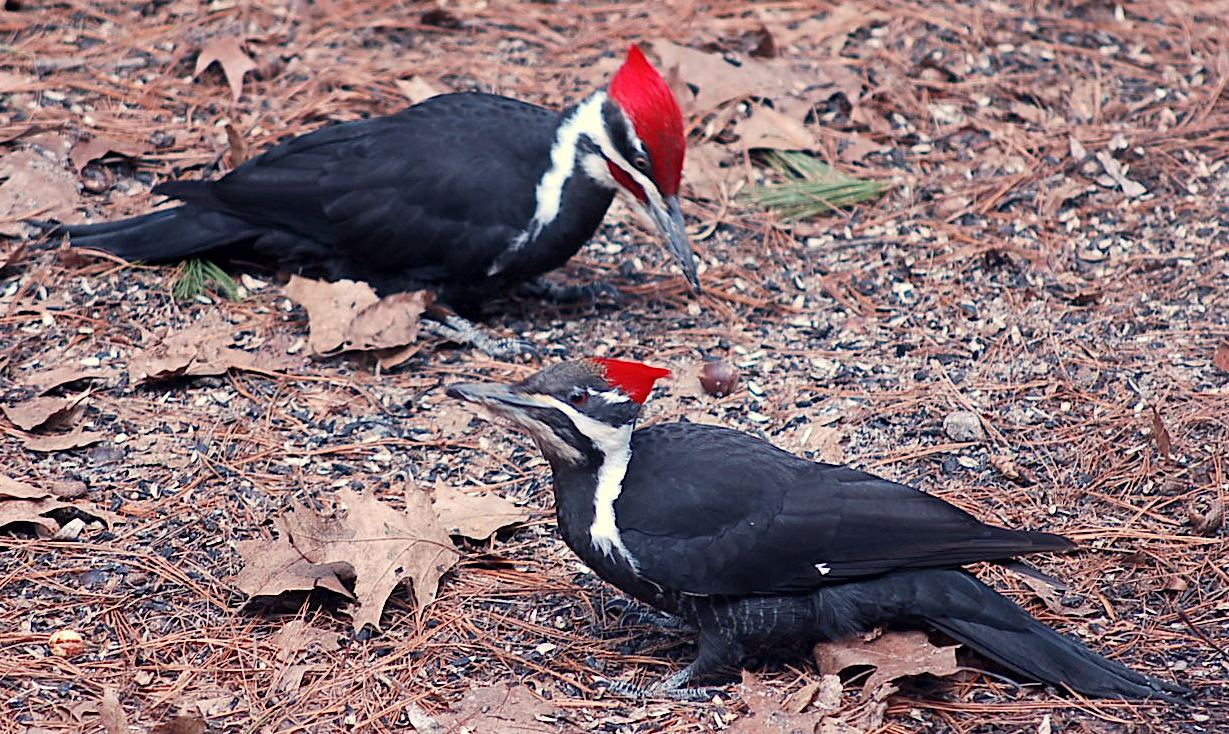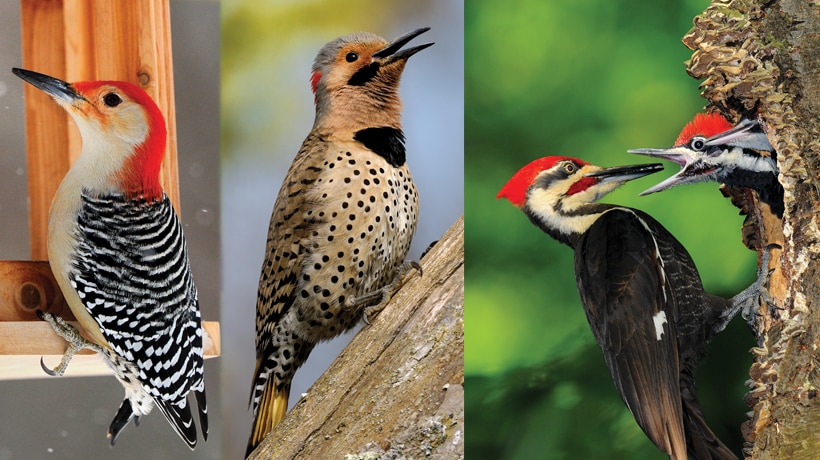Woodpeckers Unleashed: Checking Out the Wonders of These Skilled Tree Mountain Climbers
Woodpeckers, with their unique markings and rhythmic drumming resembling with wooded areas, hold an unique area in the avian globe. Their specialized composition and adaptations allow them to navigate upright surfaces with unequaled skill. Their mastery of tree climbing is just one facet of their interesting actions. As we look into the intricate information of woodpeckers' nesting habits, feeding strategies, and the continuous preservation efforts to safeguard these amazing birds, a deeper gratitude for their area in nature unravels.
Anatomy and Adaptations
When examining the makeup and adjustments of woodpeckers, one can observe exceptional attributes that make it possible for these birds to flourish in their specialized ecological particular niche. Furthermore, woodpeckers have zygodactyl feet, with 2 toes facing forward and 2 facing backward, offering a firm hold on tree trunks while they search for food or drum for communication.
In addition, woodpeckers have an unique tongue framework that is long, barbed, and sticky, enabling them to remove insects from crevices in timber. This customized adaptation allows woodpeckers to exploit a food resource that is inaccessible to many other bird species. Overall, the anatomy and adjustments of woodpeckers showcase the amazing evolutionary solutions that have enabled these birds to thrive in their arboreal habitat.
Drumming Behavior
Having actually discovered the composition and adaptations of woodpeckers, the focus currently shifts to comprehending their drumming habits, a distinctive aspect of their interaction and territorial displays. Drumming is an essential type of communication amongst woodpeckers, offering numerous objectives such as establishing areas, drawing in mates, and signaling alarm system. Each woodpecker types has an one-of-a-kind drumming pattern that aids people acknowledge participants of their own types and distinguish them from rivals or predators.
Woodpeckers generate drumming sounds by swiftly pecking on resonant surfaces such as dead trees, utility posts, or perhaps steel objects, creating a collection of balanced beats. The intensity and rate of drumming can vary based on the purpose; for instance, a fast drumming series may indicate hostility towards burglars, while a slower and softer drumming pattern might indicate courtship (Woodpeckers in Florida). Furthermore, woodpeckers might change the regularity and duration of their drumming to communicate particular messages effectively
Nesting Habits
Discovering the nesting practices of woodpeckers discloses interesting understandings into their reproductive habits and habitat choices. Woodpeckers are known for their unique nesting choices, frequently excavating cavities in trees to develop sheltered spaces for raising their young. These dental caries serve not just address as a nesting site however additionally as a safe haven from predators and severe weather condition.
Woodpeckers display a high level of integrity to their nesting websites, typically going back to the exact same area year after year. This actions highlights the significance of suitable habitat accessibility for their reproductive success. The selection of a nesting site is crucial for woodpeckers, with variables such as tree species, height, and degeneration phase playing considerable duties in their decision-making procedure.
Interestingly, some woodpecker species are recognized to excavate numerous cavities within their area, giving themselves with alternative nesting choices. This strategy might offer as a type of insurance policy versus prospective dangers or disruptions to their primary nesting website.

Feeding Strategies
One of the most distinct feeding habits of woodpeckers is drumming, which includes fast pecking on trees to discover insects beneath the bark. Woodpeckers are also known to dig deep into dental caries in trees to accessibility surprise insect larvae or sap. Some varieties, like the acorn woodpecker, store nuts in specifically developed holes called granaries.
Conservation Initiatives
Among the elaborate feeding techniques showed by woodpeckers, the preservation efforts focused on guarding these interesting birds play an essential role in maintaining their my website environments and populations. Woodpeckers face numerous threats to their survival, consisting of habitat loss as a result of deforestation, environment change modifying their ecosystems, and crashes with man-made frameworks such as buildings and vehicles - Woodpeckers in Florida. Preservationists are actively functioning to attend to these challenges and make sure the long-term health of woodpecker types

Education and public recognition projects are likewise important elements of woodpecker conservation efforts. By increasing recognition concerning the value of these birds in preserving healthy forest ecological communities, guardians can garner assistance for habitat preservation efforts and advertise accountable land management methods. Through joint click for source efforts in between researchers, policymakers, and neighborhood neighborhoods, we can collaborate to secure a future where woodpeckers prosper in their natural environments.
Conclusion

Comments on “Observing Woodpeckers in Florida: Species Variety and Distribution”